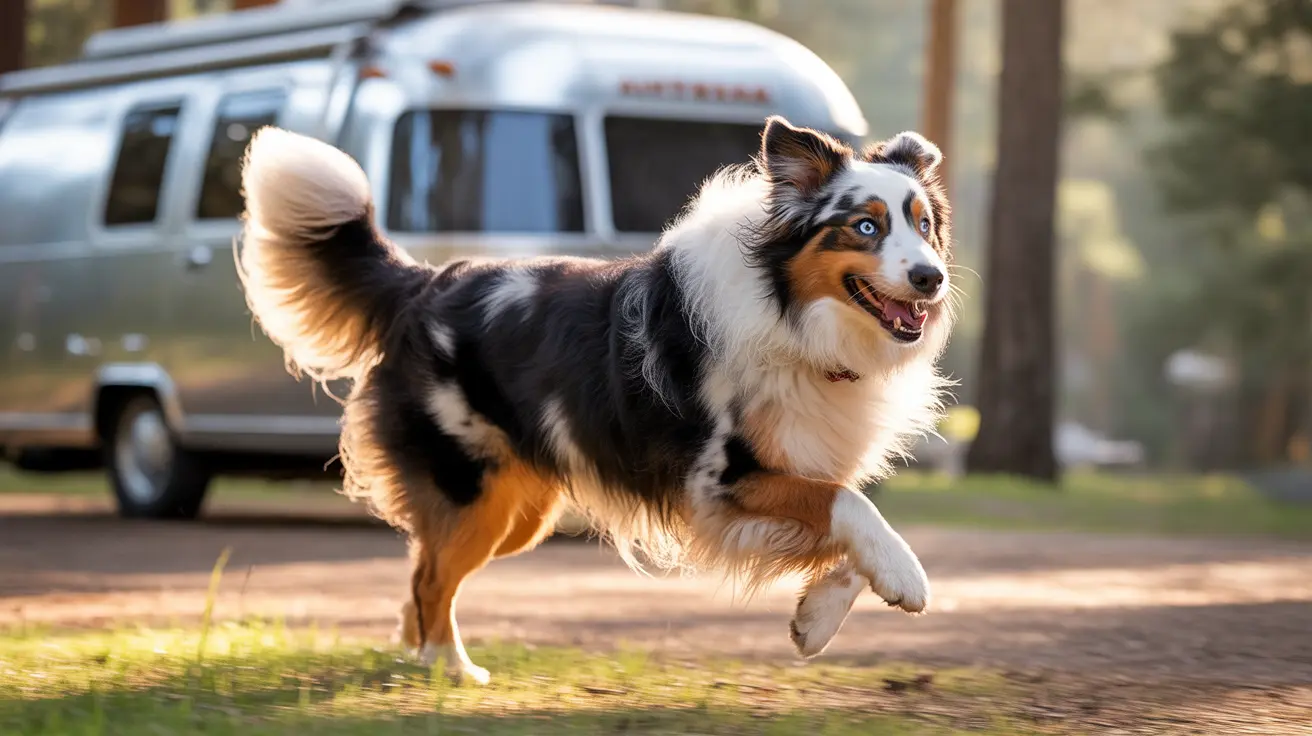The Hardest Trick to Teach Your Dog: A Detailed Guide
Training your dog is a rewarding experience, but some tricks are considerably more challenging than others. While dogs are highly trainable animals, not all tricks are created equal in terms of difficulty. Based on canine cognitive research and training experience, the hardest trick to teach a dog often involves complex understanding, consistency, and control — particularly in distracting environments.
Understanding Canine Learning Capabilities
Dogs can learn words and commands through association and repetition. Research indicates that the average dog can understand about 150 words, and some, like the border collie named Chaser, have memorized over 1,000 word-object combinations. This reveals significant learning potential, but also illustrates the gap between average and high-end capabilities.
Factors That Influence Trick Difficulty
- Complexity of the Behavior: Tricks that require a sequence of actions or the use of props.
- Cognitive Demand: Tasks that require processing of new or abstract information.
- Distraction Control: Commands executed in environments full of distractions.
- Consistency and Clarity: Inconsistent commands or unclear signals hinder progress.
- Breed and Individual Traits: Some breeds are naturally more compliant or focused than others.
Why Some Tricks Are So Difficult
One of the most challenging tricks is teaching a dog to consistently identify and respond to specific names or words among many options, especially in noisy or unpredictable environments. This requires:
- Advanced language recognition
- High-level focus and memory
- Clear, repetitive training
- Patience and positive reinforcement
Unlike basic commands like "sit" or "stay," this type of trick demands a deeper understanding of human language and behavior.
Step-by-Step Guide to Teaching Complex Tricks
- Start with Simpler Concepts: Teach foundational commands like "sit", "come", and "stay".
- Introduce Object Names or Specific Cues: Use consistent naming for toys or actions to build identification.
- Use Positive Reinforcement: Reward correct responses with treats and praise.
- Practice in Controlled Environments: Minimize distractions during the learning phase.
- Gradually Increase Challenge: Once the dog reliably responds in quiet settings, increase the complexity with noise or multiple options.
Common Mistakes to Avoid
- Inconsistency in Commands: Mixed signals delay learning.
- Using Names in Negative Contexts: Never scold your dog with their name; it should remain a positive cue.
- Overwhelming the Dog: Keep sessions short and engaging to prevent mental fatigue.
- Expecting Immediate Results: Advanced tricks can take weeks or even months to master.
Signals Your Dog Understands the Trick
- Responds immediately when the name or cue is spoken.
- Displays alert, focused behavior such as ear perking or tail wagging.
- Can differentiate between multiple words or objects consistently.
- Maintains execution even with background noise or distractions.
Conclusion
Teaching your dog an advanced or complex trick is both challenging and rewarding. Of all the possible dog tricks, those involving high-level cognition, such as consistently identifying specific words or cues in complex environments, can be the most difficult. By maintaining consistency, using positive reinforcement, and gradually building up from simpler tasks, even the hardest tricks can become achievable over time. The key is to remain patient and celebrate small milestones as your dog progresses.





